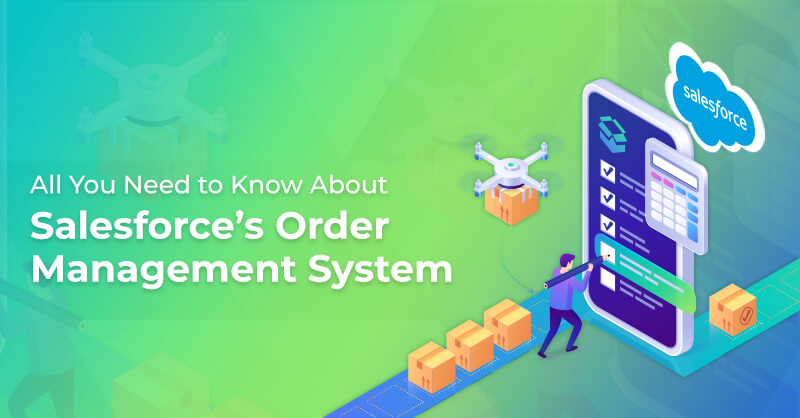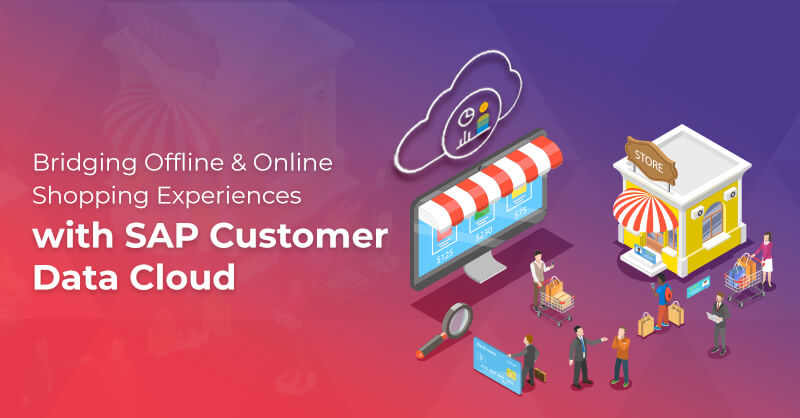Personalized and Seamless Demandware Customer Experience
Demandware now Salesforce Commerce Cloud offers Omni-channel customer experience. Demandware Customer Experience offers single, consistent interaction with consumers across all channels, both online and offline. Demandware customer experience covers all touchpoints in the customer lifecycle — websites, social media, phone calls, live chats, follow-up emails, and in-person assistance on the sales floor.
Importance of Customer Experience
Successful Omni-channel implementation offers multiple ways to prevent disconnected departments and processes from happening. It supplies representatives from all the departments with all the company’s information about a specific customer. The Omni-channel experience concentrates on the overall customer experience, making it smoother and highly personalized for customers.
The main concept behind the Omni-channel experience is easy to understand, companies are still figuring out how to manage it correctly.
How to provide Customer Experience?
1. Understand Customers’ Behavioral Patterns
The Omni-channel experience is about creating a perfect customer journey, understanding this journey from the very beginning is critical.
Gather Data
Gather all the data about the customer, including how they prefer to interact with our brand. If we have a CRM system, that’s our starting point. Check the various analytics tools as well to learn more about customers’ communication preferences when they reach out to our support team or decide to purchase our products.
Our data, analytics, and KPIs are among the most important tools our business can leverage to make a better customer experience. SEO, SEM, and email campaigns all provide rich insights into both potential and current customers. As Omni-channel becomes more mainstream, well-organized and optimized data will provide the competitive edge.
Use Surveys
Another approach for understanding our customers involves researching the issues they come across. To do that, launch a short survey. One method is to obtain the help of sales and support teams. Those teams are at the forefront of the company, directly represent our brand, and communicate with our clients daily.
Define Segments
Always keep in mind the customer segmentation. Different groups of customers have different requirements, and those needs should help us define our user personas. We can segment our users by the products they use and the frequency of their purchases. Well-implemented Omni-channel user experience can augment a client’s retention rate.
Interview Customers
Finally, talk to the customers. Do they feel like something’s missing? What are the things they would like to see in our product line? Is there something our company does particularly well? If possible, ask them a quick question each time they shop with us. For example, after completing the data analysis, our ecommerce store may learn that customers desire to pick up their order at a store rather than waiting for an item to be delivered. Some businesses have seen growth in their sales by giving their customers the choice to track their orders and sending them notifications.
2. Create Omni-channel Universe
After defining the customer journey, generate ideas on how to make the journey more coherent. How can our representatives jump from one channel to another, without data loss, in the most convenient way for the customer? Our customers come to us from various channels, but their personal details should be saved and accessible throughout our data management system and CRM platform. Our channels and technology we use in our business processes should be synchronized and unified to complete any missing pieces of information. By fine-tuning this process of interchannel and interdepartmental cooperation, we will likely generate more revenue.
Social media is an extension of many people’s lives, many ecommerce sites integrate their services with social platforms. In online shopping, Instagram and Pinterest are popular, however, each industry has its own dominant social network. This means the Omni-channel universe extends far beyond our company’s data and platforms and must include social media.
3. Measure Customer Experience Data
After setting up all the required processes, make sure our Omni-channel experience is performing as planned. Data and analytics give us the ability to view and learn the results of our efforts. To measure our Omni-channel customer experience from a subjective point of view, collect feedback from the customers on important points throughout their journey with our brand. It can be through a call center, online chat, a quick online survey, or on a social media page.
Proper management and organization of the data we collect will help us tweak our efforts and put us on the right track to a better Omni-channel experience. Research, analysis, and data-backed action give a better understanding of the customers’ needs and expectations.
Royal Cyber
Royal Cyber has the right team to leverage Demandware customer experience to create seamless shopping experiences across all channels e.g. mobile, social, online, and in-store.
For more details, please check the below link:



